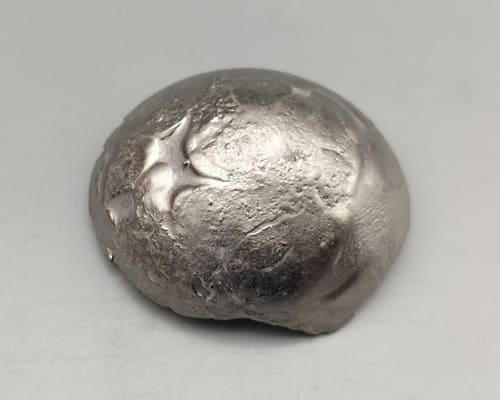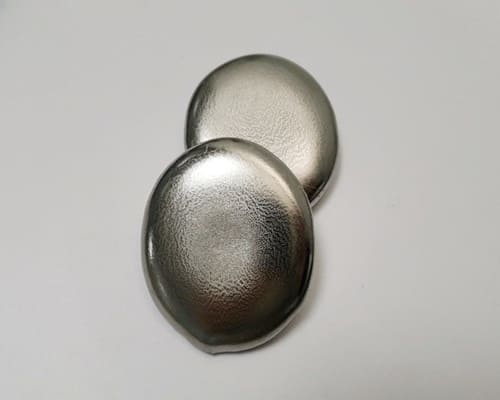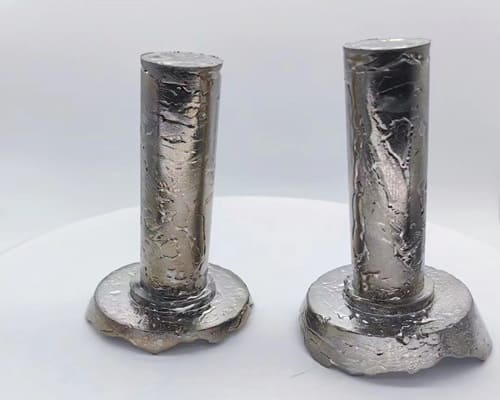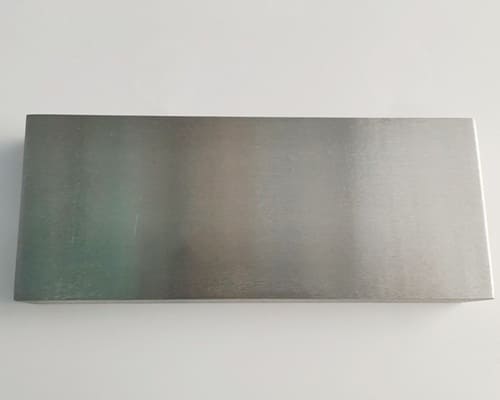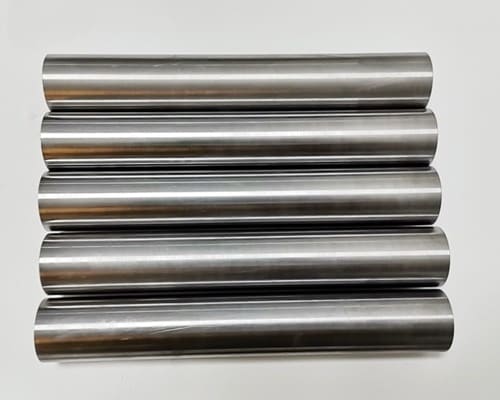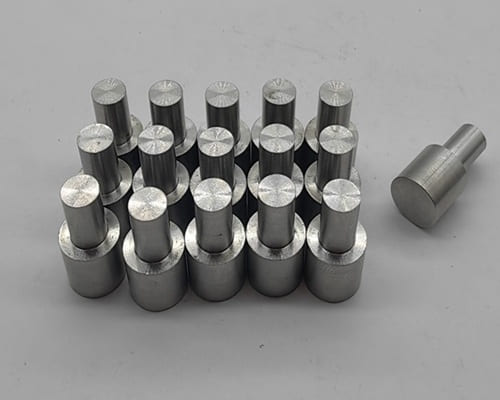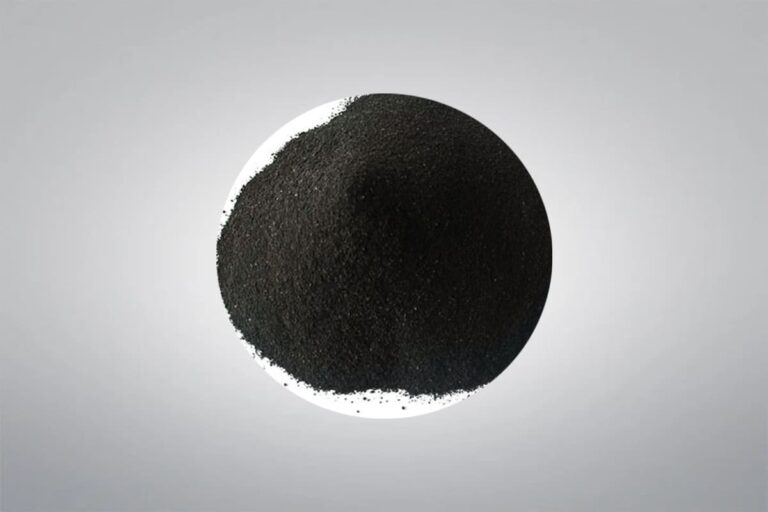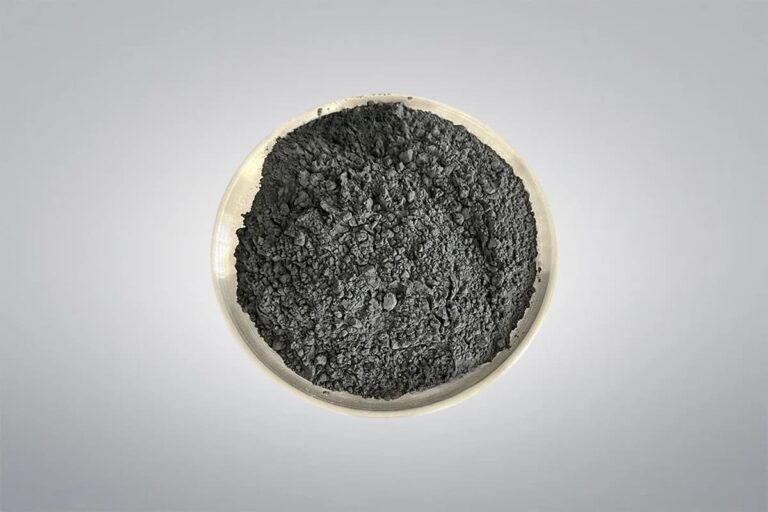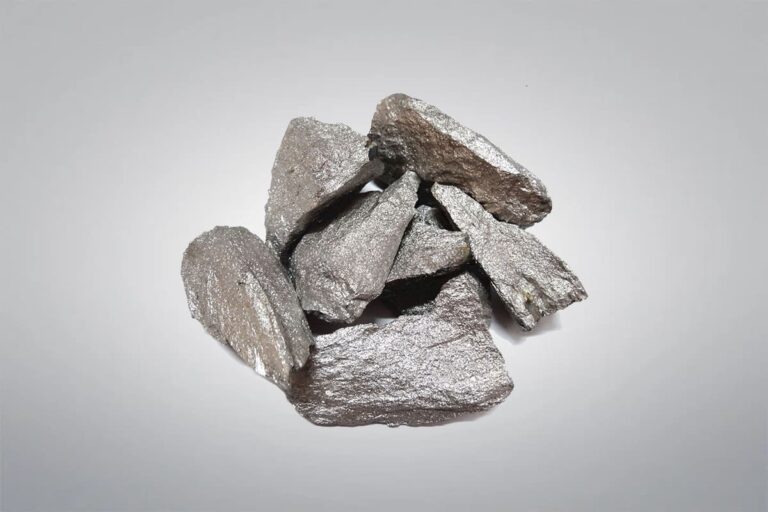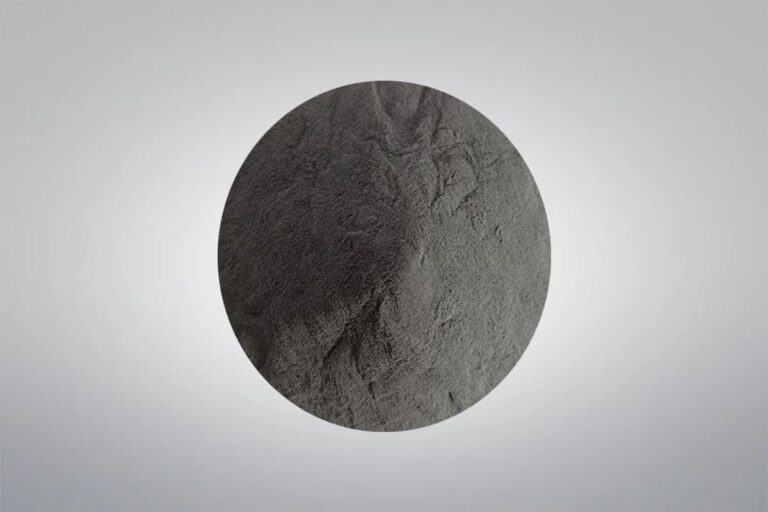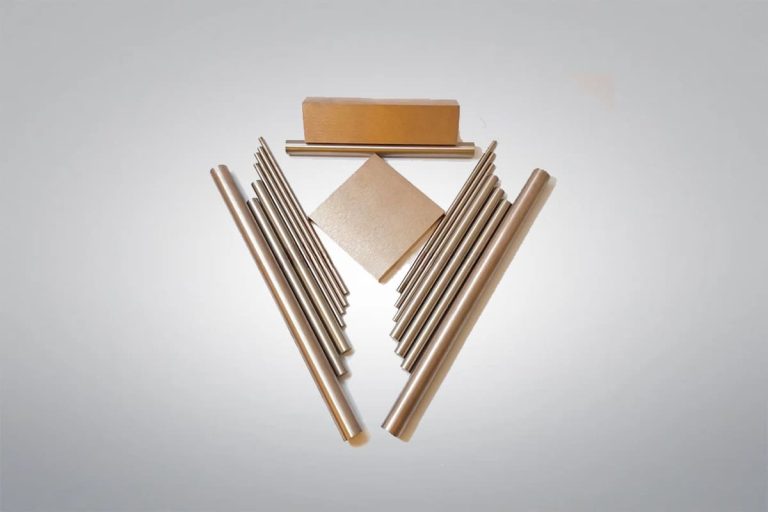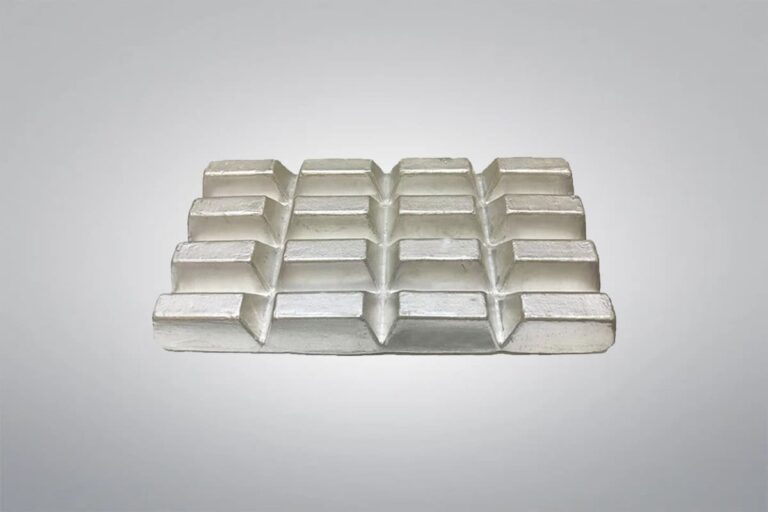Pièces sur mesure en alliage à haute entropie - HEA
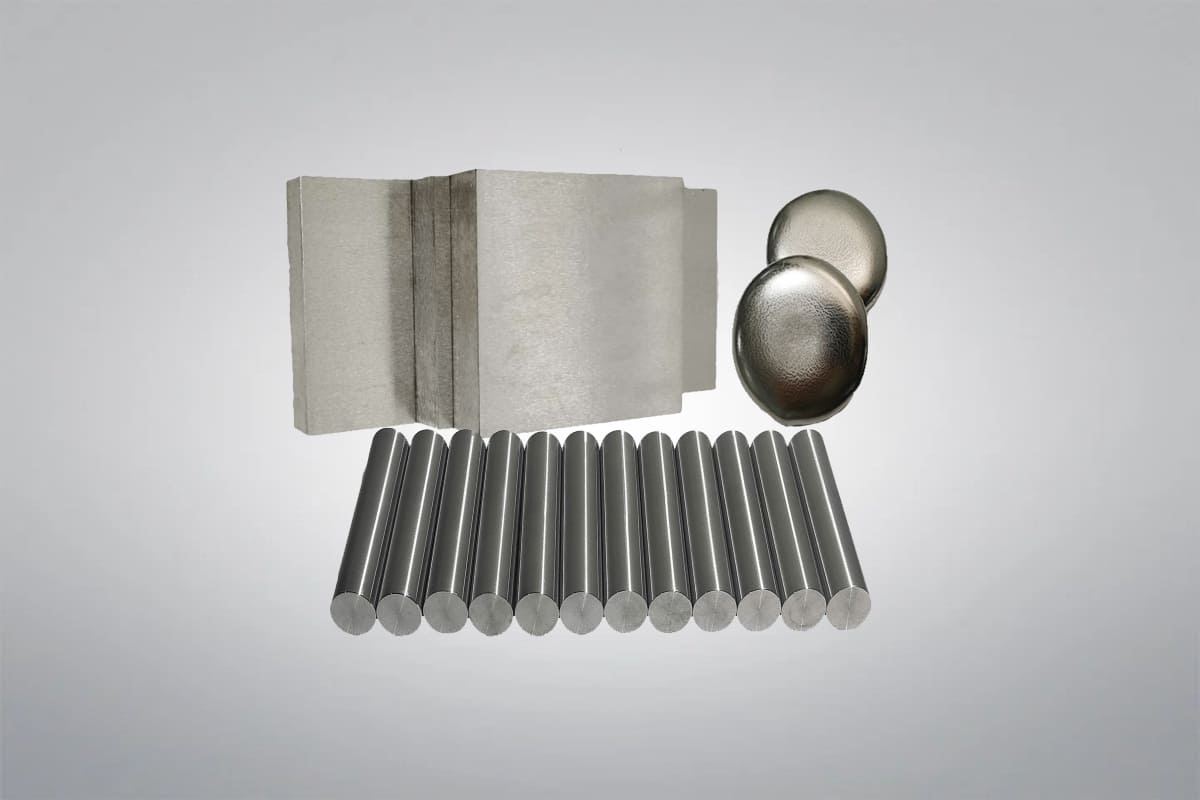
Pièces sur mesure en alliage à haute entropie | HEA
Matériau : FeMnCoCr, TiZrHfVNb, TiNbMoTaW, TiVAlCrZr, CoCrFeNiMn, WMoTaZr, Al4TiVFeSc, ou personnalisé.
Forme : Lingot/Plaque/BMG (Bulk Metallic Glass)/Éprouvette de traction/Pièce sur mesure
Les pièces sur mesure en alliage à haute entropie sont des matériaux d'alliage à haute performance conçus pour répondre aux besoins spécifiques des clients. Nous pouvons ajuster la composition et le ratio en fonction d'exigences spécifiques et proposer diverses formes, notamment des lingots, des plaques, des barres, des BMG, des éprouvettes de traction et des pièces sur mesure. En tant que fournisseur et fabricant de premier plan de produits en alliage à haute entropie, Heeger Materials s'appuie sur une technologie de pointe pour fournir des pièces sur mesure en alliage à haute entropie de haute qualité pour diverses applications.
Ou envoyez-nous un courriel à l'adresse suivante sales@heegermaterials.com.Fiche technique des pièces sur mesure en alliage à haute entropie
| Matériau : | FeMnCoCr, TiZrHfVNb, TiNbMoTaW, TiVAlCrZr, CoCrFeNiMn, WMoTaZr, Al4TiVFeSc, ou sur mesure. |
| Méthode de production : | Fusion par arc sous vide (VAM), fusion par induction sous vide (VIM), fusion par lévitation/suspension, fusion par plasma, fusion par laser, fusion par chauffage par résistance, etc. |
| Forme : | Lingots, plaques, BMG (verre métallique en vrac), échantillons de traction, pièces sur mesure, etc. |
Qu'est-ce qu'un alliage à haute entropie ?
Les alliages à haute entropie (HEA) sont un nouveau type de matériau généralement composé de cinq métaux ou plus dans des proportions égales ou presque égales, présentant des propriétés exceptionnelles. Les quatre effets fondamentaux des AHE se conjuguent pour les distinguer des alliages traditionnels :
- Effet de haute entropie: En raison du mélange quasi-équimolaire de plusieurs éléments, l'entropie configurationnelle des alliages à haute entropie est considérablement augmentée, typiquement ≥1,5R (R est la constante des gaz). Cet effet de haute entropie favorise la stabilité d'une seule phase solide-solution (telle que les structures FCC ou BCC) tout en supprimant la formation de composés complexes ou intermétalliques. Il le fait en abaissant l'énergie libre de Gibbs du système (ΔG = ΔH - TΔS), améliorant ainsi la stabilité thermodynamique de la phase solide-solution à des températures élevées.
- Effet de distorsion du treillis: Les différences de taille atomique et de propriétés chimiques entre les éléments constitutifs des HEA entraînent une distorsion importante du réseau. Cette distorsion favorise le renforcement de la solution solide, augmentant la résistance et la dureté de l'alliage, tout en ralentissant les taux de diffusion atomique, ce qui améliore la résistance au fluage et la stabilité thermique.
- Effet de diffusion lente: La complexité résultant de la composition multiélémentaire se traduit par des taux de diffusion atomique plus lents dans les HEA que dans les alliages conventionnels. Cet effet de diffusion lente retarde la séparation des phases, la croissance des grains et l'évolution de la microstructure, améliorant ainsi la stabilité à des températures élevées et prolongeant la durée de vie.
- Effet cocktail: L'interaction synergique de plusieurs éléments produit des combinaisons inattendues de propriétés, un peu comme si l'on mélangeait les ingrédients d'un cocktail pour créer une saveur unique. Cet effet permet aux HEA d'intégrer les forces des éléments individuels (par exemple, la solidité, la ductilité, la résistance à la corrosion), dépassant souvent les limites de performance des systèmes à élément unique et présentant une large gamme de caractéristiques fonctionnelles.
Pièces sur mesure en alliage à haute entropie
Les pièces sur mesure en alliage à haute entropie sont fabriquées à partir de 5 éléments métalliques ou plus, en proportions égales ou personnalisées, par fusion sous vide, fusion par induction, fusion par faisceau d'électrons, fusion par lévitation/suspension, etc. La composition et le rapport des métaux peuvent être ajustés en fonction des exigences spécifiques. Les différentes formes de lingots, de plaques, de barres, de BMG, d'éprouvettes de traction et de pièces sur mesure sont disponibles pour de multiples applications. Outre les alliages à haute entropie, nous proposons également des services personnalisés pour les alliages à entropie moyenne (MEA) et les alliages à faible entropie (LEA).
HEA BMG Lingot HEA Lingot HEA Assiette HEA HEA Rod HEA Custom Parts
HEA VS. MEA VS. LEA
| Propriété | Alliages à haute entropie (HEA) | Alliages à entropie moyenne (MEA) | Alliages à faible entropie (LEA) |
| Nombre d'éléments | 5 ou plus | 3 à 4 | 1 à 2 |
| Valeur de l'entropie | Haut (≥1.5R) | Moyen (1R~1.5R) | Faible (<1R) |
| Microstructure | Solution solide simple | Solution solide simple | Peut former des phases complexes |
| Performance | Haute résistance, résistance aux températures élevées, résistance à la corrosion | Performances entre les HEA et les LEA | Une performance relativement simple |
| Applications typiques | Industries aérospatiale, énergétique et chimique | Matériaux structurels, revêtements résistants à l'usure | Construction, automobile, fabrication de machines |
Caractéristiques des pièces personnalisées en alliage à haute entropie
- Résistance et dureté élevées: Les effets de distorsion du réseau et de renforcement de la solution solide améliorent considérablement les propriétés mécaniques.
- Excellente résistance aux hautes températures: L'effet de diffusion lente le rend stable à haute température.
- Bonne résistance à la corrosion: La couche d'oxyde dense formée par de multiples éléments améliore la résistance à la corrosion.
- Résistance exceptionnelle à l'usure: Une dureté et une résistance élevées permettent d'obtenir d'excellentes performances dans les environnements de friction et d'abrasion.
Liste des produits en alliage à haute entropie pour pièces sur mesure
| Référence | Alliage à haute entropie Nom | Méthode de production | Forme |
| HM2523 | FeMnCoCr Alliage à haute entropie | Fusion par arc sous vide (VAM) Fusion par induction sous vide (VIM) Fusion par lévitation Fusion par plasma Fusion au laser Chauffage par résistance Fusion Alliage mécanique Métallurgie des poudres | 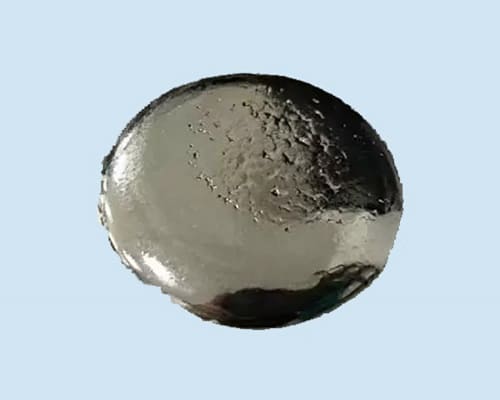 Lingot HEA 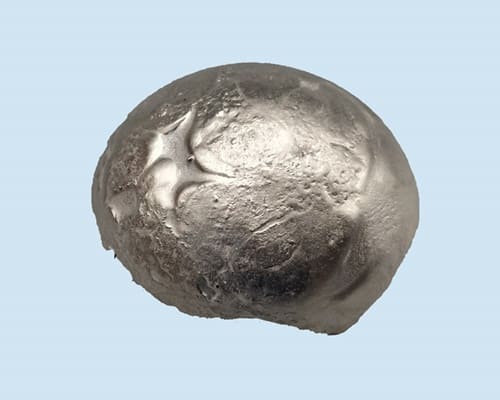 HEA BMG 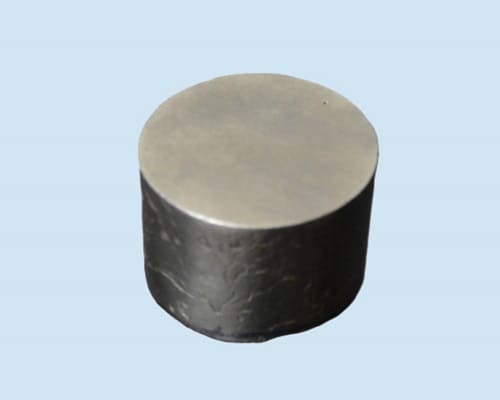 Lingot HEA 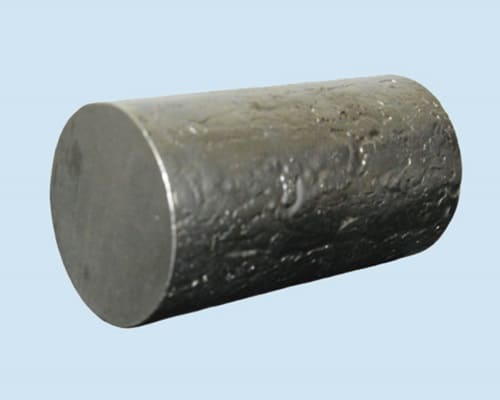 Lingot HEA 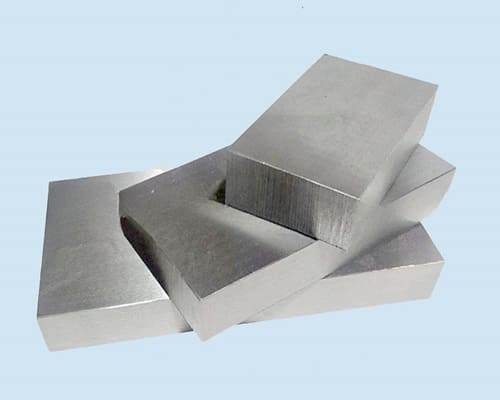 Assiette HEA 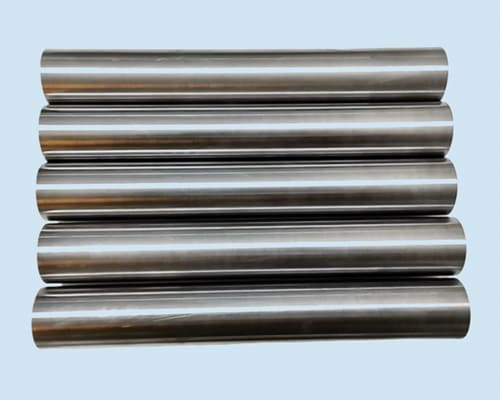 HEA Rod 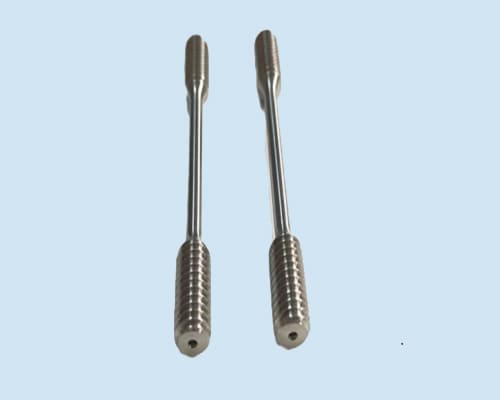 Échantillon de traction HEA 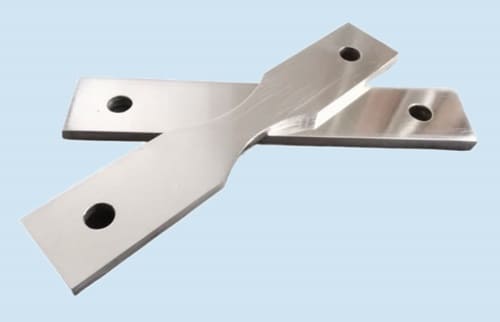 Échantillon de traction HEA 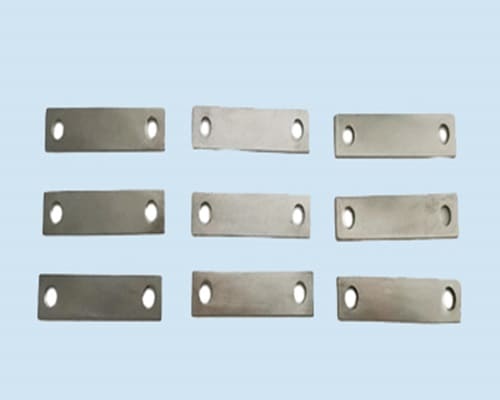 Échantillon de traction HEA |
| HM2522 | Alliage à haute entropie TiZrHfVNb | ||
| HM2521 | Alliage à haute entropie TiNbMoTaW | ||
| HM2520 | TiVAlCrZr Alliage à haute entropie | ||
| HM2519 | Alliage à haute entropie CoCrFeNiV | ||
| HM2518 | Alliage à haute entropie AlZrNbMo | ||
| HM2517 | ZrMoCrNb Alliage à haute entropie | ||
| HM2516 | TaHfZrTi Alliage à haute entropie | ||
| HM2515 | Alliage à haute entropie CoCrFeNiMo | ||
| HM2514 | Alliage à haute entropie CoCrNiAlTi | ||
| HM2513 | TiZrHfVMo Alliage à haute entropie | ||
| HM2512 | TiZrVNbMo Alliage à haute entropie | ||
| HM2511 | ZrVMoHfNb Alliage à haute entropie | ||
| HM2510 | WMoTaZr Alliage à haute entropie | ||
| HM2509 | CuAlTiVW Alliage à haute entropie | ||
| HM2508 | NbMoTaWAl Alliage à haute entropie | ||
| HM2507 | TiZrVTa Alliage à haute entropie | ||
| HM2506 | 0,2FeCoNi(AlSi)0,2 Alliage à haute entropie | ||
| HM2505 | Al1Mo0.5Nb1Ta0.5Ti1Zr1 Alliage à haute entropie | ||
| HM2504 | Al4TiVFeSc Alliage à haute entropie | ||
| HM2503 | Alliage à haute entropie Al4TiVFeGe | ||
| HM2502 | Alliage à haute entropie Al4TiVFeCr | ||
| HM2501 | TiZrVTaMo Alliage à haute entropie | ||
| HM2500 | Alliage à haute entropie CoCrFeNiTi | ||
| HM2499 | FeCrCoAlTi Alliage à haute entropie | ||
| HM2498 | TiZrHfVTa Alliage à haute entropie | ||
| HM2497 | AlCrFeCuNi Alliage à haute entropie | ||
| HM2496 | 30Ti20Nb20Ta20Zr10Mo Alliage à haute entropie | ||
| HM2495 | MoNbTi Alliage à haute entropie | ||
| HM2494 | AlCoCrFeNi2.1 Alliage à haute entropie | ||
| HM2493 | AlCoCrNi Alliage à haute entropie | ||
| HM2492 | AlxCoCrFeNi Alliage à haute entropie | ||
| HM2491 | Alliage à haute entropie CoCrFeNi | ||
| HM2490 | Alliage à haute entropie CoCrFeNiCu | ||
| HM2489 | Alliage à haute entropie CoCrFeNiMn | ||
| HM2486 | Fe50Mn30Co10Cr10 Alliage à haute entropie | ||
| HM2483 | TiNbTaZrMo Alliage à haute entropie | ||
| HM2482 | Alliage TiZrTaNb à haute entropie | ||
| HM2481 | WMoTaNb Alliage à haute entropie | ||
| HM2480 | WMoTaNbV Alliage à haute entropie | ||
| HM2479 | WMoTiTaZrHf Alliage à haute entropie | ||
| HM2478 | TiZrHfNbMo Alliage à haute entropie | ||
| HM2477 | TiZrTaNbHf Alliage à haute entropie |
Méthode de fusion des pièces sur mesure en alliage à haute entropie
| Méthode de fusion | Principe | Avantages | Scénarios applicables |
| Fusion par arc sous vide (VAM) | Utilise un arc électrique pour faire fondre des métaux sous vide ou dans une atmosphère inerte. | Grande pureté, fonctionnement simple, adapté aux éléments à point de fusion élevé | Recherche en laboratoire, production en petites séries |
| Fusion par induction sous vide (VIM) | L'induction électromagnétique chauffe le métal dans un creuset sous vide. | Idéal pour la production à grande échelle, bonne uniformité de la composition | Production industrielle, moyenne à grande échelle |
| Fusion par lévitation/suspension | Le champ électromagnétique suspend et chauffe le métal jusqu'à son point de fusion. | Grande pureté, pas de contamination du creuset | Recherche de haute pureté, métaux réactifs |
| Chauffage par résistance Fusion | Fusion des matières premières dans un four à résistance à haute température | Équipement simple, faible coût | Expériences à petite échelle, alliages simples |
| Fusion par plasma | Utilise le plasma pour générer des températures ultra-élevées afin de faire fondre les métaux. | Efficacité de chauffage élevée, convient aux métaux réfractaires | Alliages à point de fusion élevé, recherche spécialisée |
| Fusion au laser | Le laser chauffe et fait fondre localement les matières premières | Haute précision, applicable à la fabrication additive | Films minces, impression 3D, études de la microstructure |
| Alliage mécanique + fusion | Broyage à billes des poudres pour les mélanger, puis pour les fondre | Convient aux compositions difficiles à fondre ou irrégulières | Alliages complexes, recherche fondamentale |
Alliage à haute entropie Applications de pièces sur mesure
- Aérospatiale: Pour les composants à haute température tels que les aubes de turbines et les pièces de moteurs.
- L'énergie: Pour les matériaux des réacteurs nucléaires et les piles à combustible à haute température.
- Chimique: Pour les équipements et les tuyauteries résistant à la corrosion.
- Dispositifs médicaux: Pour les matériaux d'implants biocompatibles.
- Industrie de la défense: Utilisé pour les matériaux d'armure et les composants structurels dans des environnements extrêmes.
Alliage à haute entropie Emballage de pièces sur mesure
Les produits High-entropy Alloy Custom Parts sont soigneusement placés dans des caisses en bois ou des cartons avec un support supplémentaire en matériaux souples pour éviter tout déplacement pendant le transport. Cette méthode d'emballage garantit l'intégrité des produits tout au long du processus de livraison.
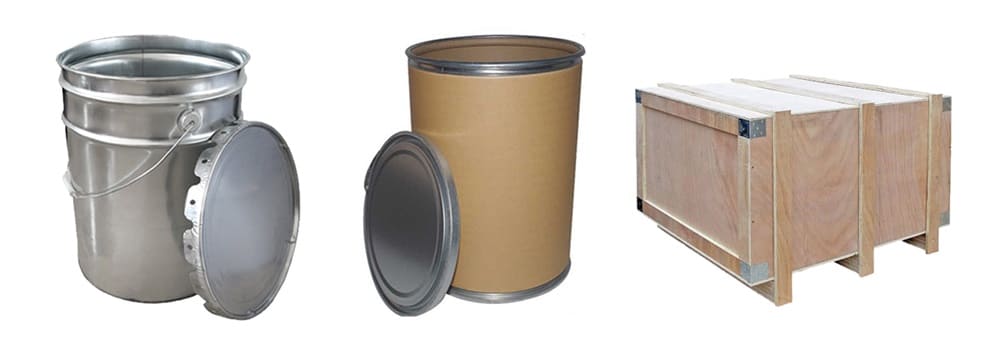
Télécharger
Obtenir un devis
Nous vérifierons et vous contacterons dans les 24 heures.

